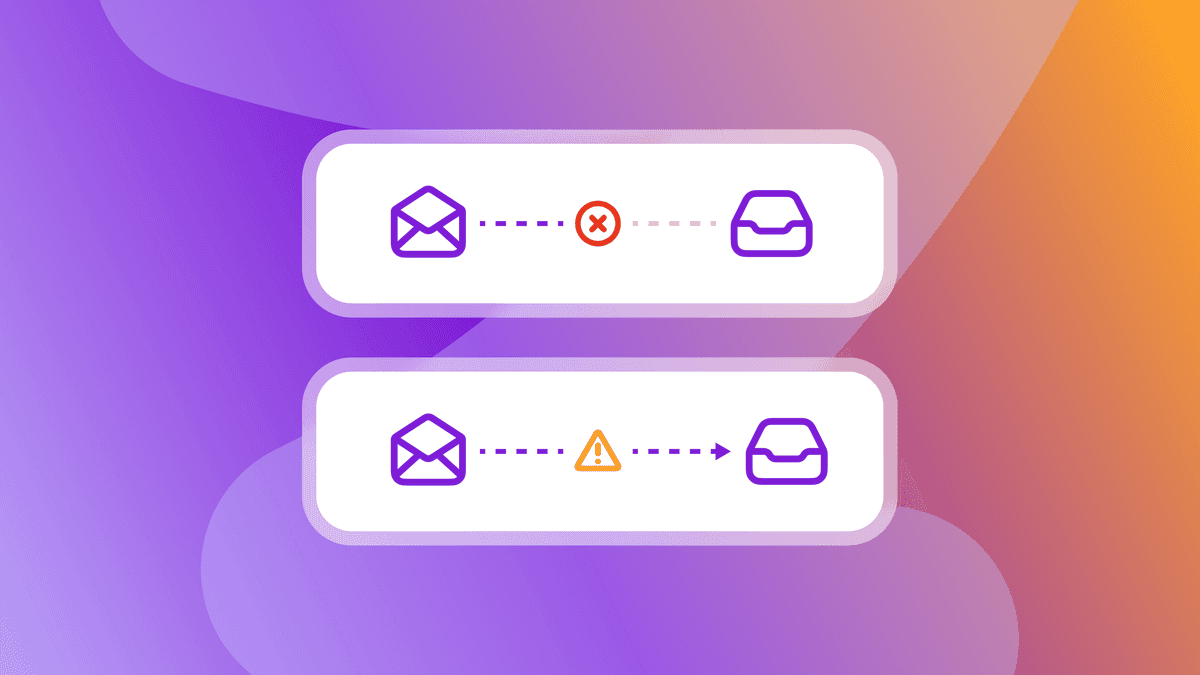Create Consistent, Personalized Experiences With Braze Content Blocks
Published on October 11, 2021/Last edited on October 11, 2021/5 min read


Team Braze
In today’s challenging customer engagement landscape, marketers have a lot on their plate. To provide the kinds of exceptional experiences that support stronger revenue and deeper customer relationships, they need to address two interlinking challenges. First, they need to find ways to consistently personalize the messaging campaigns and brand experiences they provide in order to keep up with rising consumer expectations. Second, they need to be able to provide those personalized experiences in sustainable, scalable ways—after all, personalization isn’t a one-and-done thing; it’s an ongoing effort, something that has to be sustained for months or years or more in order to truly serve customers.
Getting it right can be a challenge. Thankfully, Braze has a powerful feature designed to help marketers simplify and scale the process of personalizing their customer communications—namely, Braze Content Blocks.
What Are Content Blocks?
At their core, Content Blocks are a way for marketers to avoid having to duplicate personalized experiences across their overall customer experience.
Content Blocks offers marketing, growth, and engagement teams a centralized location where they can store messaging content. What that means is it’s easier than ever to seamlessly reuse content across all messaging channels—email, push, in-app messages, and more—by utilizing Content Blocks. The Content Blocks Library allows you to manage your reusable, cross-channel content in a single, centralized location. What’s more, when you update a Content Block, all of the messages that Content Block is referenced in will dynamically update as well.

While Content Blocks can be used for a wide variety of uses, one of its key benefits is the ability to support personalized experiences at scale. Braze Content Blocks are built to support tailored messaging experiences using both Liquid personalization and Braze Connected Content, which allows brands to easily insert dynamic content via API.
What Content Blocks Can Do For You: 4 Key Use Cases
Today’s consumers split their time between multiple devices and platforms, making them more accessible than ever, but also increasing the lift needed on the part of marketers to effectively reach them in all the different places they engage. This shift has made personalized cross-channel messaging campaigns increasingly central to brands’ engagement strategies...and made it especially key to have ways to reduce the bandwidth needed to make these campaigns a reality.
Content Blocks are uniquely designed to meet those needs. They make it possible to create pre-defined assets that can be used to build messages with consistent information and assets, seamlessly copy and reuse message body text across the full range of messaging channels, and ensure a consistent look and feel (i.e. by using Content Blocks as email headers and footers). Braze Content Blocks are commonly used by brands to:
1. Effectively Reuse Content
Because Content Blocks are effectively a centralized system for managing content that can be seamlessly pulled into different messages and experiences, one common use for this feature is leveraging it to support a message footer for email marketing. With Content Blocks, you can take any information that must be included in all messages you send in that channel—for instance, mandatory unsubscribe links or links to your privacy policy or preference center—and place it in a single Content Block, making it possible to easily display it across every email you send and also update your full range of emails by tweaking the contents of that specific Content Blocks. That’s simple, powerful, and scalable.
2. Simplify Code
Most modern marketing emails are essentially large pieces of HTML code. That can make them tedious to write and challenging to troubleshoot when something isn’t rendering correctly. By using Content Blocks, customers can break down their email into smaller pieces (i.e. Content Blocks) that make up the email. Testing individual blocks is much easier and less time consuming for teams and you can also ensure a consistent look and feel while reducing the time needed to build each subsequent email.
3. Enable Multi-Language Support
For global brands, part of ensuring a true personalized experience is taking steps to reach out to each customer in their preferred language. However, implementing multi-language support for your outreach can require significant investment and bandwidth. Thankfully, Content Blocks can make this process a bit easier by allowing marketers to include Liquid calls to their translation platform right into a given Content Block, allowing them to add it a single time and reuse it when appropriate. Alternately, brands can include Liquid if/else statements within a Content Block, allowing them to serve up the relevant translated copy for a given customer wherever that Content Block is displayed.
4. Carry Out Promotions Across Channels
Because Content Blocks are supported in every message type, many brands use this tool to ensure a consistent promotion offer is being shown to their customers across the full range of channels they’re interacting with. A great way to do this is to leverage Connected Content, where a unique user id could be passed to retrieve a promotion offer per user profile. That value could then be used in push, emails, SMS, web push, or any other channel where your customers interact with your brand.
Final Thoughts
Braze Content Blocks are a powerful way to support scalable, sustainable personalization across the full range of channel and digital experiences. For a look at how a leading brand used Content Blocks to enhance their customer engagement efforts, check out our exclusive Bloom & Wild case study.
Related Tags
Be Absolutely Engaging.™
Sign up for regular updates from Braze.
Related Content
View the Blog
Hard bounce vs. soft bounce: Key differences and how to reduce email bounces

Team Braze

How iOS 18 is shaping customer engagement—and what marketers can do about it

Haley Trost

Harnessing machine learning in marketing: Benefits, use cases and best practices
